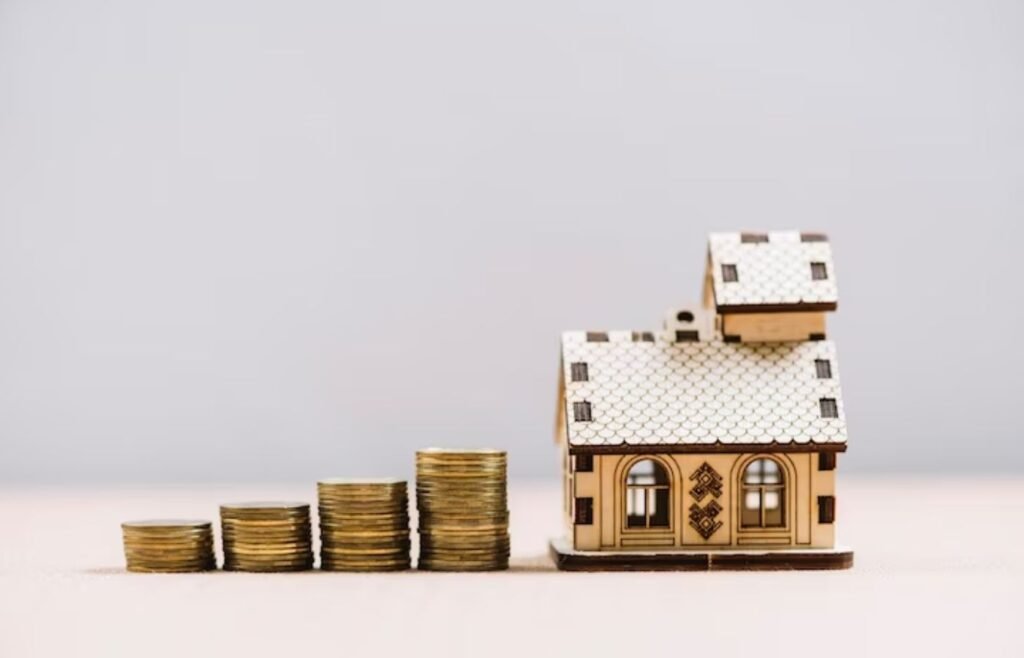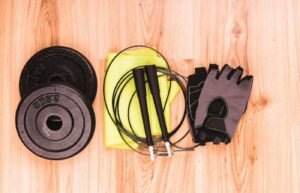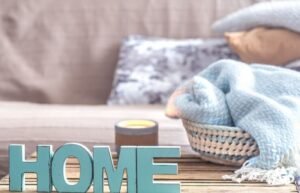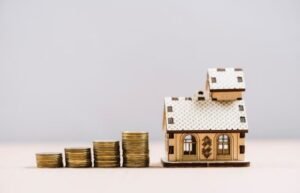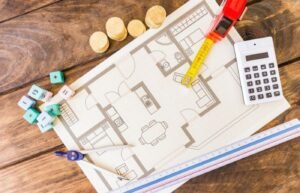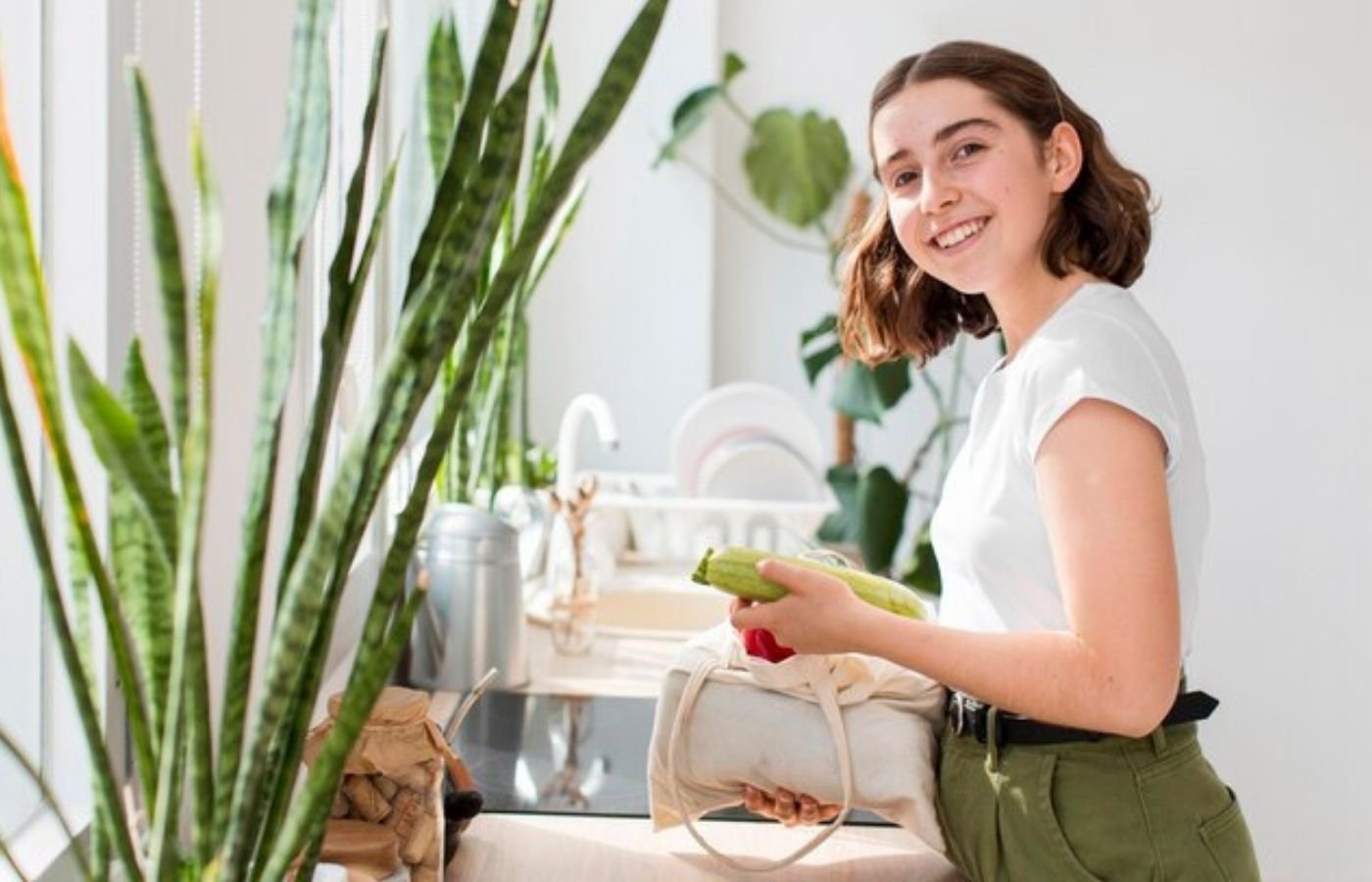Welcome, friends, to the wonderful world of home staging! If you’re here, you’re no doubt looking to spruce up your home before listing it on the market. Now, here’s the thing – sometimes, it can be a bit intimidating to know where to start when it comes to staging.
Don’t worry, though! We’re here to help you out. Today, we’ll be discussing the basics of home staging, what it entails, and why it’s important. You see, staging a house doesn’t just mean putting a few pieces of furniture here and there and hoping for the best. It’s about creating a space that looks inviting, is easy to navigate, and will appeal to potential buyers.
Here, we’ll be going over some of the key elements that you need to consider when staging your house. Now, let’s get started! Home staging isn’t rocket science, but it does require a bit of know-how and creativity.
Whether you’re a seasoned interior decorator or a first-time homeowner looking to make a good impression, we’ve got you covered.
Here, we’ll be going over everything from de-cluttering to selecting furniture, to making sure that you create the perfect atmosphere for potential buyers. So, let’s get started and make sure that your house looks its absolute best!
Start With Curb Appeal
First impressions matter, so make your home stand out the instant buyers pull up to the curb. Some upgrades can be done in a weekend and will cost more in sweat equity than actual dollars.
A few suggestions: rent a pressure washer to remove dirt and grime from your siding, roof, fascia and gutters. Paint the front door and/or shutters a bright color, but make sure it coordinates well with the rest of the home’s colors. Replace old house numbers, lighting, the mailbox, and the welcome mat.
Clean up the edging around flowerbeds and lay down fresh mulch. Fill in empty beds with small shrubs, seasonal flowers, and greenery. Even if it’s the dead of winter, get a pair of urns or large planters and fill them with small evergreen shrubs and cold-hardy annuals.
If you have window boxes, fill them with fresh greenery too. If your porch or stoop has room for furniture, add a couple of chairs to expand your outdoor living space. Additionally, consider adding a small water feature such as a pond or fountain in the front yard to add some life to your home’s entrance.
For added warmth and character, add a few solar-powered outdoor lanterns along the walkway leading up to your home and around the porch area, as well as a few potted plants or hanging flower baskets to brighten up the area.
With a few simple upgrades, you can make a lasting impression that will wow potential buyers and ensure your home stands out from the rest.
Give the Kitchen a Facelift
Kitchens are a major selling point in a house, so any upgrades you make can really pay off! And you don’t have to break the bank; a few savvy swaps can still make a big difference.
Start by sprucing up your storage: pack away the rarely-used appliances and dishware for the next house, and use up whatever’s lurking in the back of the pantry. Clear off the countertops and give the cabinets a new coat of paint – white for a timeless look or a dark neutral like gray or slate blue.
Freshen up a faucet that’s corroded or caked with hard-water stains, and check with the manufacturer to see if they sell replacement panels for your dishwasher. If not, give it a stainless steel makeover with some contact paper.
And to update a backsplash on a budget, try peel-and-stick faux tiles, tin tile, beadboard paneling, or even just a lick of paint!
Pare Down Furniture
The most important thing you can do to prepare your home for sale is to get rid of clutter. One of the major contributors to a cluttered look is having too much furniture.
When professional stagers descend on a home being prepped for market, they often whisk away as much as half the owner’s furnishings so the house looks bigger and more inviting. To create a spacious atmosphere, make sure large items like armoires, dressers and bookcases are moved out of the way and don’t leave too many pieces of furniture in one space.
Don’t forget to give potential buyers enough room to move around each room without being blocked by furniture. You also want to make sure potential buyers can easily access your home’s best features, such as the fireplace or built-in bookshelves.
By keeping the furniture away from the windows, viewers can look out and take in the natural light and the view outside. In order to avoid a cluttered look, minimize items on the coffee table, and don’t pile so many pillows on the couch that nobody can sit on it.
Leave just enough to make the furniture inviting and comfortable, but not so many that it takes away from the room size. Additionally, try removing items from the walls and shelves that could be distracting to potential buyers. Neatly organized decor and wall art can help enhance the visual appeal of the home.
Rethink Furniture Placement
There’s a common belief that rooms will feel larger if all the furniture is pushed against the walls, but that isn’t the case.
Instead, furnishing your space in a different manner can make a room feel larger and more user-friendly. To achieve this, try floating furniture away from walls. Reposition sofas and chairs into cozy conversational groups, and place pieces in a way that the traffic flow in the room is clear.
Not only will this make the space more user-friendly, but it will also open up the room and make it seem larger. Additionally, if you prefer the furniture against the walls, try to find ways to break up the walls. You can do this by adding a tall plant or a piece of art. This will give the space a different visual and the room will feel larger. Another trick is to use a large area rug.
This will draw the eye away from the edges of the room and create the illusion of a larger space. Finally, use light colors to help open up the room and make it appear larger. Following these tips will create a larger, more inviting space that you can be proud of.
Add Functional Office Space
These days, with more people working from home and homeschooling being an increasingly popular option, offering potential buyers a dedicated workspace could be essential.
If you don’t have a spare room to set up a home office, you could carve out a nook in a spare bedroom, designate a corner of the living room, or even convert a closet. With a little creativity, it’s possible to create a productive and comfortable workspace in any home. A home office could be a great selling point if you’re looking to make your property more attractive to potential buyers.
If you don’t have the luxury of an entire room to dedicate to a home office, finding a suitable space may take a bit of extra effort. You could choose a corner of the living room, a spare bedroom, or even a closet that could be easily transformed into a productive workspace.
With a few small adjustments, you can make a small area comfortable and functional. You could add shelves to store books and documents, hang a whiteboard for writing memos and notes, invest in a comfortable desk chair, or add some plants to brighten up the space.
It’s important to make the space inviting and comfortable, as potential buyers will be looking for a home office that’s both practical and aesthetically pleasing.

